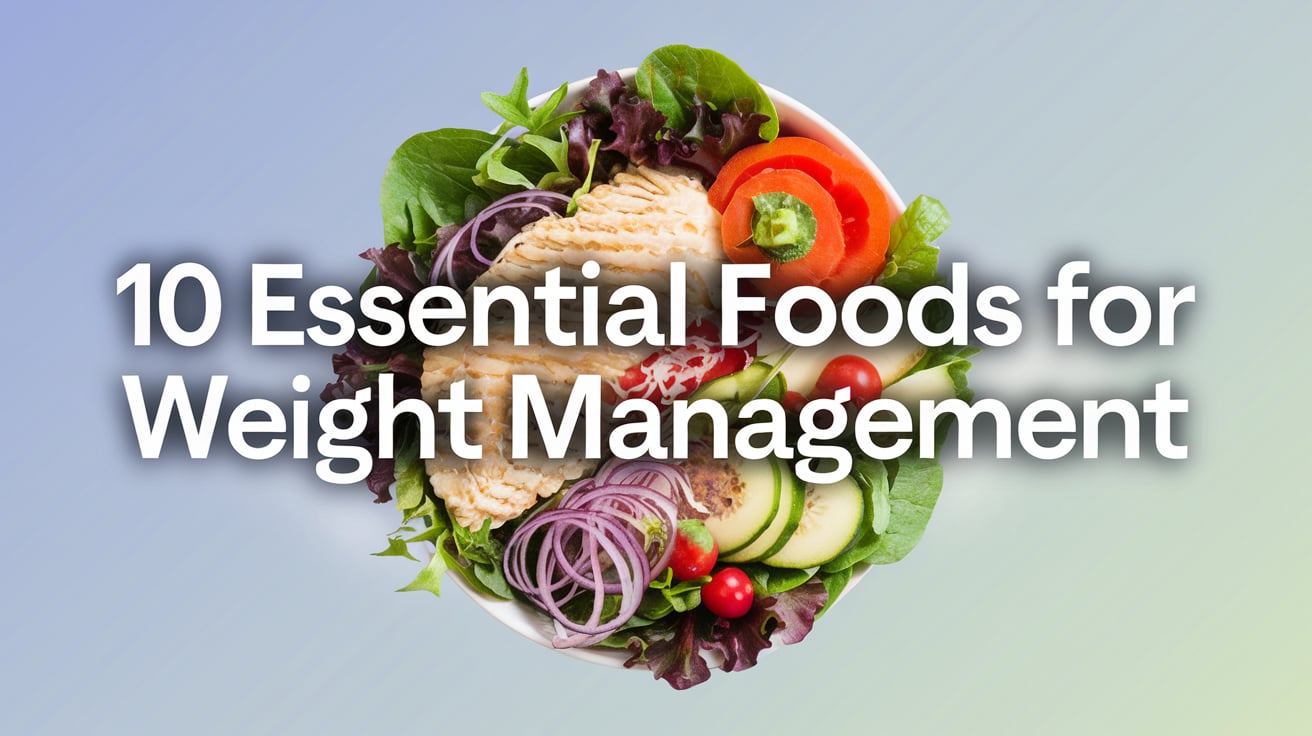10 Best Foods to Eat for a Fit Body: A Comprehensive Guide
As we strive to achieve a healthy and fit body, it’s essential to focus on the foods we consume. A well-balanced diet plays a crucial role in maintaining a healthy weight, boosting energy levels, and supporting overall well-being. In this article, we’ll explore the top 10 foods that can help you achieve a fit body, along with their nutritional benefits and tips on how to incorporate them into your diet.

1. Leafy Greens: The Powerhouse of Nutrients
Leafy greens like spinach, kale, and collard greens are packed with vitamins, minerals, and antioxidants. They’re rich in iron, calcium, and fiber, making them an excellent addition to your diet. These greens are also low in calories, making them an ideal choice for weight management.
Discover Ashwagandha Health Benefits Today :- Read More
Nutritional Benefits:
- High in vitamins A, C, and K
- Rich in minerals like iron, calcium, and potassium
- Excellent source of fiber and antioxidants
Tips:
- Add spinach to your smoothies or omelets
- Use kale as a base for salads or sauté it with garlic as a side dish
- Incorporate collard greens into your soups or stews
2. Berries: The Antioxidant Powerhouses
Berries like blueberries, strawberries, and raspberries are bursting with antioxidants, vitamins, and minerals. They’re low in calories and high in fiber, making them an excellent snack for weight management.
Nutritional Benefits:
- High in antioxidants and vitamins C and K
- Rich in fiber and manganese
- Low in calories and sugar
Tips:
- Enjoy berries as a snack or add them to your oatmeal or yogurt
- Use frozen berries in smoothies or as a topping for salads
- Incorporate berries into your baked goods, like muffins or cakes
3. Nuts and Seeds: The Crunchy Snack
Nuts and seeds like almonds, walnuts, and chia seeds are rich in healthy fats, protein, and fiber. They’re an excellent snack for weight management and can help lower cholesterol levels.
Nutritional Benefits:
- High in healthy fats and protein
- Rich in fiber and antioxidants
- Can help lower cholesterol levels
Tips:
- Enjoy nuts and seeds as a snack or add them to your oatmeal or yogurt
- Use nuts and seeds as a topping for salads or smoothies
- Incorporate nuts and seeds into your baked goods, like granola or energy bars
4. Fatty Fish: The Omega-3 Powerhouses
Fatty fish like salmon, tuna, and sardines are rich in omega-3 fatty acids, which are essential for heart health and brain function. They’re also high in protein and low in saturated fat.
Nutritional Benefits:
- High in omega-3 fatty acids and protein
- Low in saturated fat and calories
- Can help lower cholesterol levels and improve heart health
Tips:
- Grill or bake fatty fish as a main course
- Add canned tuna or sardines to your salads or sandwiches
- Incorporate fatty fish into your sushi or sashimi dishes
5. Sweet Potatoes: The Complex Carbohydrate
Sweet potatoes are rich in complex carbohydrates, fiber, and vitamins. They’re an excellent source of energy and can help regulate blood sugar levels.
Nutritional Benefits:
- High in complex carbohydrates and fiber
- Rich in vitamins A and C
- Can help regulate blood sugar levels
Tips:
- Bake or roast sweet potatoes as a side dish
- Use sweet potatoes as a base for salads or as a topping for soups
- Incorporate sweet potatoes into your smoothies or oatmeal
10 Best Health Tips In 2024: Boost Your Wellness :- Read More
6. Avocados: The Healthy Fat
Avocados are rich in healthy fats, fiber, and various vitamins and minerals. They’re an excellent source of energy and can help lower cholesterol levels.
Nutritional Benefits:
- High in healthy fats and fiber
- Rich in vitamins C and E
- Can help lower cholesterol levels
Tips:
- Enjoy avocados as a snack or add them to your salads or sandwiches
- Use avocados as a topping for soups or smoothies
- Incorporate avocados into your baked goods, like muffins or cakes
7. Legumes: The Protein Powerhouses
Legumes like lentils, chickpeas, and black beans are rich in protein, fiber, and various vitamins and minerals. They’re an excellent source of energy and can help lower cholesterol levels.
Nutritional Benefits:
- High in protein and fiber
- Rich in vitamins and minerals like iron and potassium
- Can help lower cholesterol levels
Tips:
- Enjoy legumes as a main course or add them to your salads or soups
- Use legumes as a topping for salads or as a filling for sandwiches
- Incorporate legumes into your baked goods, like hummus or falafel
8. Whole Grains: The Complex Carbohydrate
Whole grains like brown rice, quinoa, and whole wheat bread are rich in complex carbohydrates, fiber, and various vitamins and minerals. They’re an excellent source of energy and can help regulate blood sugar levels.
Nutritional Benefits:
- High in complex carbohydrates and fiber
- Rich in vitamins and minerals like iron and selenium
- Can help regulate blood sugar levels
Tips:
- Enjoy whole grains as a side dish or add them to your salads or soups
- Use whole grains as a base for salads or as a topping for soups
- Incorporate whole grains into your baked goods, like bread or muffins
9. Herbs and Spices: The Flavor Boosters
Herbs and spices like turmeric, ginger, and cinnamon are rich in antioxidants and various vitamins and minerals. They’re an excellent way to add flavor to your meals without adding calories.
Nutritional Benefits:
- High in antioxidants and vitamins
- Can help reduce inflammation and improve digestion
- Low in calories and sugar
Tips:
- Add herbs and spices to your meals for added flavor
- Use herbs and spices as a topping for salads or soups
- Incorporate herbs and spices into your baked goods, like muffins or cakes
How to Fit Body in 2024: A Comprehensive Guide to Achieving Your Fitness Goals :- Read More
10. Fermented Foods: The Probiotic Powerhouses
Fermented foods like kimchi, sauerkraut, and yogurt are rich in probiotics, which are essential for gut health and immune function. They’re also high in vitamins and minerals like vitamin K and calcium.
Nutritional Benefits:
- High in probiotics and vitamins
- Can help improve gut health and immune function
- Low in calories and sugar
Tips:
- Enjoy fermented foods as a side dish or add them to your salads or soups
- Use fermented foods as a topping for salads or as a filling for sandwiches
- Incorporate fermented foods into your baked goods, like muffins or cakes
In conclusion, incorporating these 10 foods into your diet can help you achieve a fit body and maintain overall health and well-being. Remember to always choose whole, unprocessed foods whenever possible and vary your diet to ensure you’re getting a balanced mix of nutrients. By making these foods a part of your daily routine, you’ll be on your way to a healthier, happier you.



Pingback: The Power of Pineapple: Unlocking Its Health Benefits and Tips for a Healthier You - USA Health Tips
Good Tip